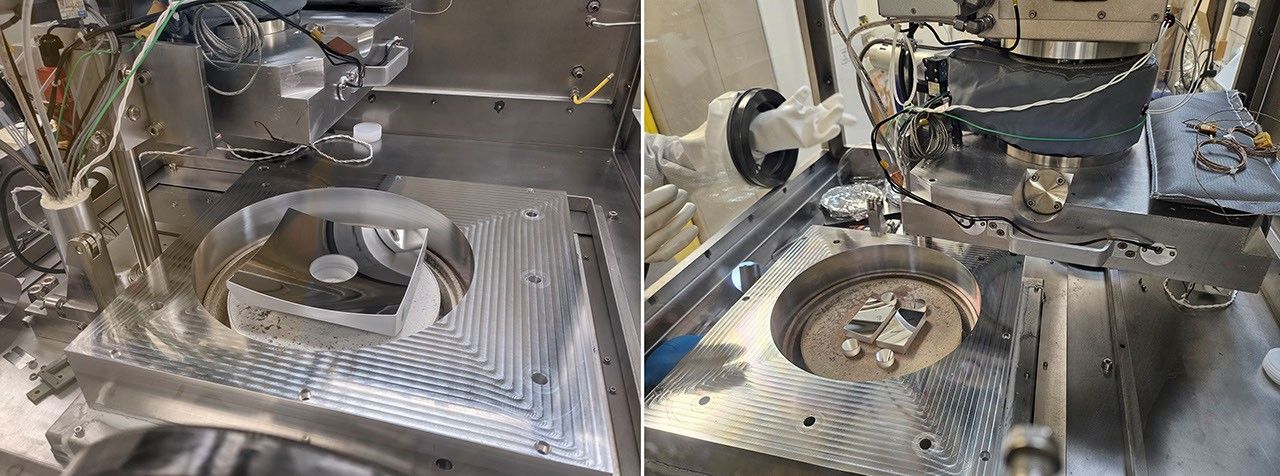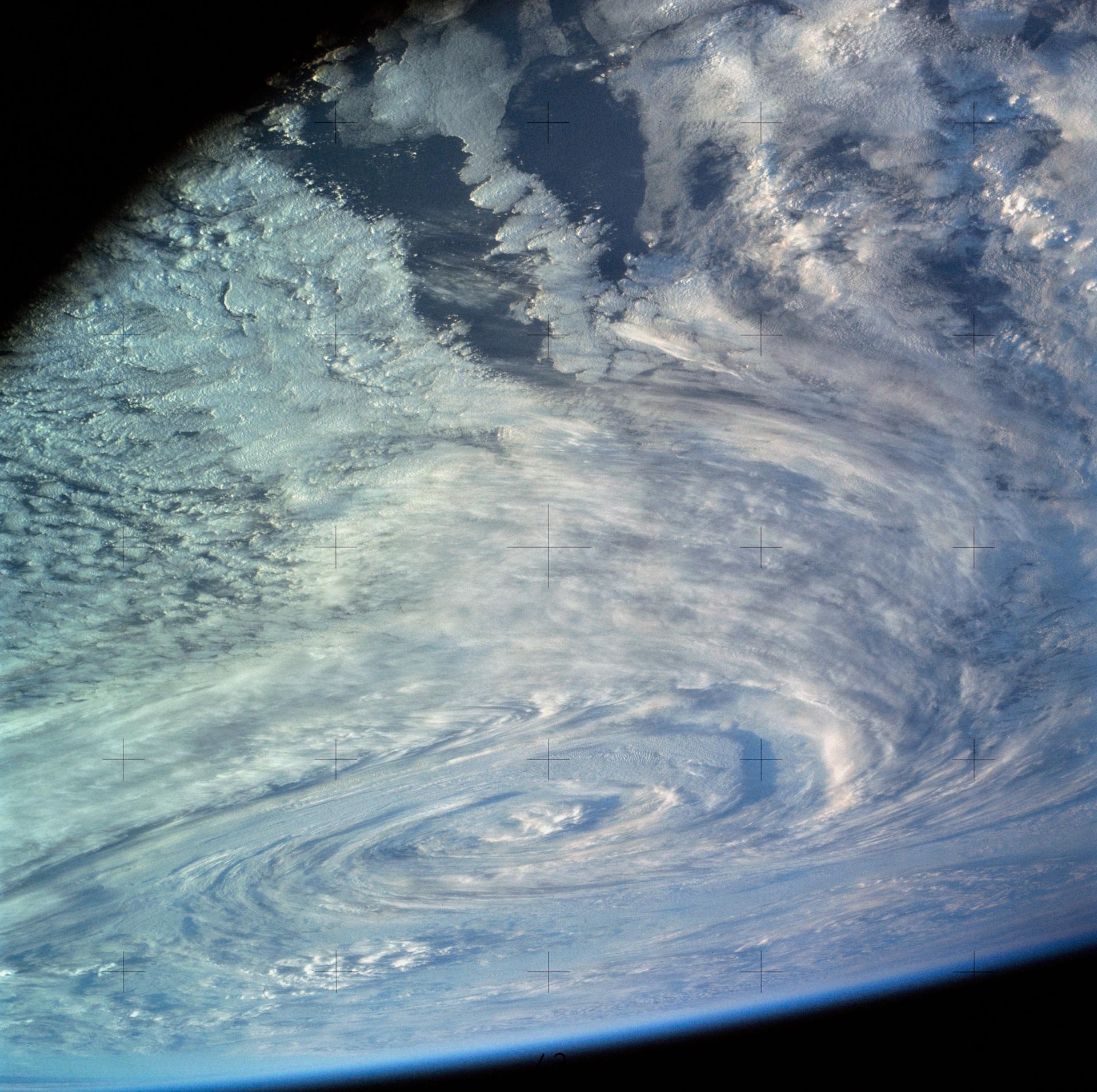Now Reading: Cutting-Edge Atomic Layer Coating Advances Ultraviolet Exploration
-
01
Cutting-Edge Atomic Layer Coating Advances Ultraviolet Exploration
Cutting-Edge Atomic Layer Coating Advances Ultraviolet Exploration

Quick Summary
- NASA’s Jet Propulsion Laboratory (JPL) is enhancing ultraviolet (UV) observing instruments using thin film coatings created via atomic layer deposition (ALD) and atomic layer etching (ALE) techniques.
- These techniques involve chemical reactions to deposit or remove materials one atomic layer at a time, ensuring precise control over coating thickness.
- ALD and ALE are typically used in the semiconductor industry but are now being applied to astrophysical instruments for improved UV efficiency.
- JPL researchers have developed fluoride-based ALD and ALE processes, vital for protecting structures like aluminum mirrors from oxidation without sacrificing clarity.
- Two small satellite missions, SPRITE and Aspera, utilize these coatings to improve UV observation capabilities beyond that of the Hubble Space Telescope.
- Lithium fluoride enhances reach into further UV spectrums but is sensitive to moisture; magnesium fluoride top-coatings resolve this issue by preventing humidity-related degradation.
- The development includes multilayer aluminum and metal fluoride coatings functioning as bandpass filters on imaging sensors for minimal background noise in UV observations.
- JPL has developed a custom vacuum coating chamber combining PVD aluminum with ALD fluoride processes, resulting in high-efficiency sensors that filter out background light effectively.
Indian Opinion Analysis
The advanced thin-film coating technologies spearheaded by NASA’s JPL imply important progress for astrophysical research. india’s burgeoning space endeavors can benefit greatly from such foundational advancements. The adoption of ALD and ALE could enhance India’s capability in developing sophisticated telescopic instruments offering greater sensitivity and precision in the ultraviolet spectrum.
Collaborations with international space agencies such as NASA could facilitate technology transfer opportunities enabling Indian missions to incorporate cutting-edge technology promptly. These innovations align with India’s strategic interest in advancing its scientific research infrastructure while bolstering its position within the global space exploration community.






















